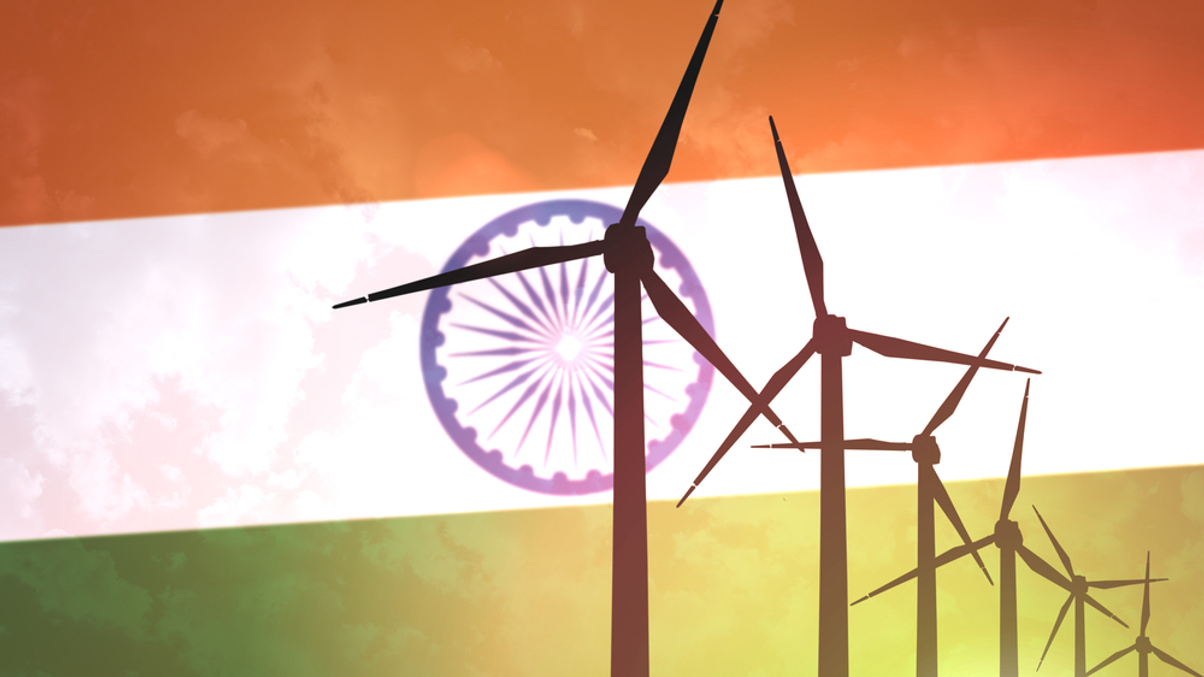ADIA eyes India's burgeoning renewables sector
A supportive regulatory regime for renewables in India - and the country's strong growth - has put the South Asian giant firmly in the sights of the UAE's sovereign wealth fund.

The sovereign wealth fund of the United Arab Emirates (UAE), Abu Dhabi Investment Authority (ADIA), is seeing strong potential in India's renewable energy sector as the South Asian country seeks to power economic growth.
Sign in to read on!
Registered users get 2 free articles in 30 days.
Subscribers have full unlimited access to AsianInvestor
Not signed up? New users get 2 free articles per month, plus a 7-day unlimited free trial.
¬ Haymarket Media Limited. All rights reserved.


